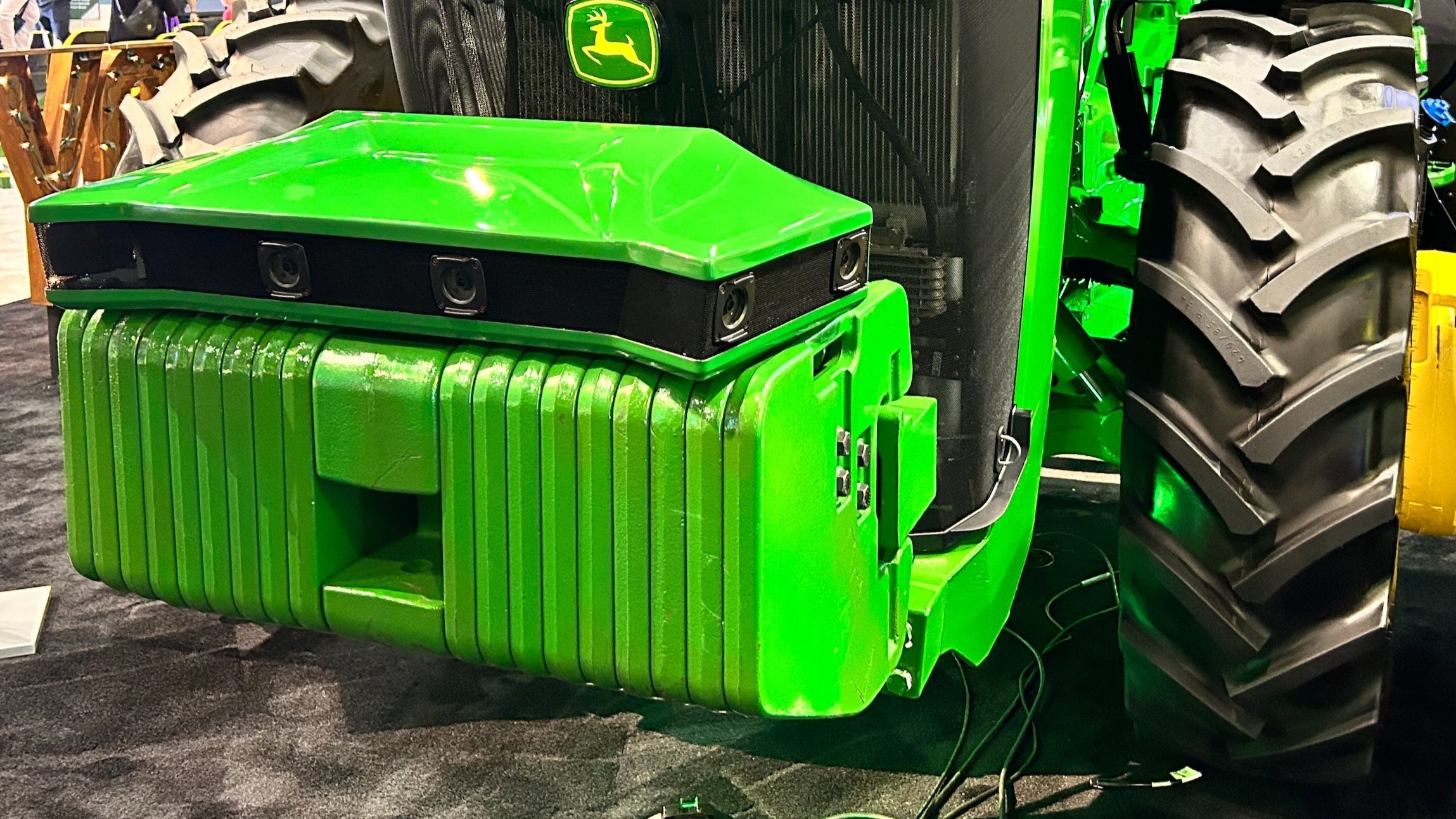
Autonomous farming machines are coming. John Deere now sells an autonomous 8R tractor. Various companies offer large, commercial sized unmanned Ariel vehicles (UAVs) that can autonomously apply pesticides. Lely sells robotic milking machines. Some farmers may lament the loss of a person controlling these tasks, but the trend for more automation in farming is clear.
Still, there are existing laws that will need to be updated to foster widespread adoption of these new technologies. Here are just a few.

OSHA. The Occupational Safety and Health Administration (OSHA) establishes worker safety standards that are implemented by state OSHA agencies. For years, California’s OSHA regulations had additional regulations for people working near autonomous machines that required humans to be nearby with the ability to instantly turn off the machine. Regulations like this can stifle innovation if they do not take autonomy into account. OSHA should revisit its regulations to make sure we are not applying human safety standards to tasks performed without humans.
Fertilizer. Many states require chemical fertilizer and manure applications to be completed by persons who have an applicator’s license. These regulations may not allow for application by robotic equipment, since robots cannot hold a license. The time has come to reform these laws to allow autonomous fertilizer application.
Pesticide. The same is true for pesticide applications. Many states require a pesticide applicator’s license or certification to lawfully apply pesticides. These regulations may need to be updated in your state to allow application by robotic equipment.
On Road. Driverless farm trucks that could shuttle grain from combines to on-farm storage would be an enormous benefit for midwestern farms. Truck drivers are scarce and the work is seasonal. Yet the main focus for autonomous driving technologies has been for use on highways and as urban taxis, ignoring this rural need in isolated areas where the risk of collisions with pedestrians is slim. Before an airplane can take to the sky, it must first obtain an airworthiness certificate from the FAA. Why not create a similar licensing scheme for autonomous trucks? Similarly, for autonomous farm equipment’s potential to be fully realized, we need a lawful way for this equipment to move from the farmstead to the field.
State Tort Liability Laws. Each of the 50 states has developed its own statutes and common law for how to sort out liability issues. Robotic equipment introduces a new player—the robot—into the question of who is liable when someone is hurt or property is damaged when the autonomous machine causes the injury? Was the machine’s owner not paying attention? Was the software coded incorrectly? Did the manufacturer design a component with a defect? We have a long way to go to sort out these issues. States could be proactive in reforming their negligence statutes for robotic equipment.
These are five areas of law that will impact the development of autonomous farm equipment. There are more and there will be more that we have not yet envisioned. What other bodies of law can you think of that will need to be reformed for a more autonomous future?







